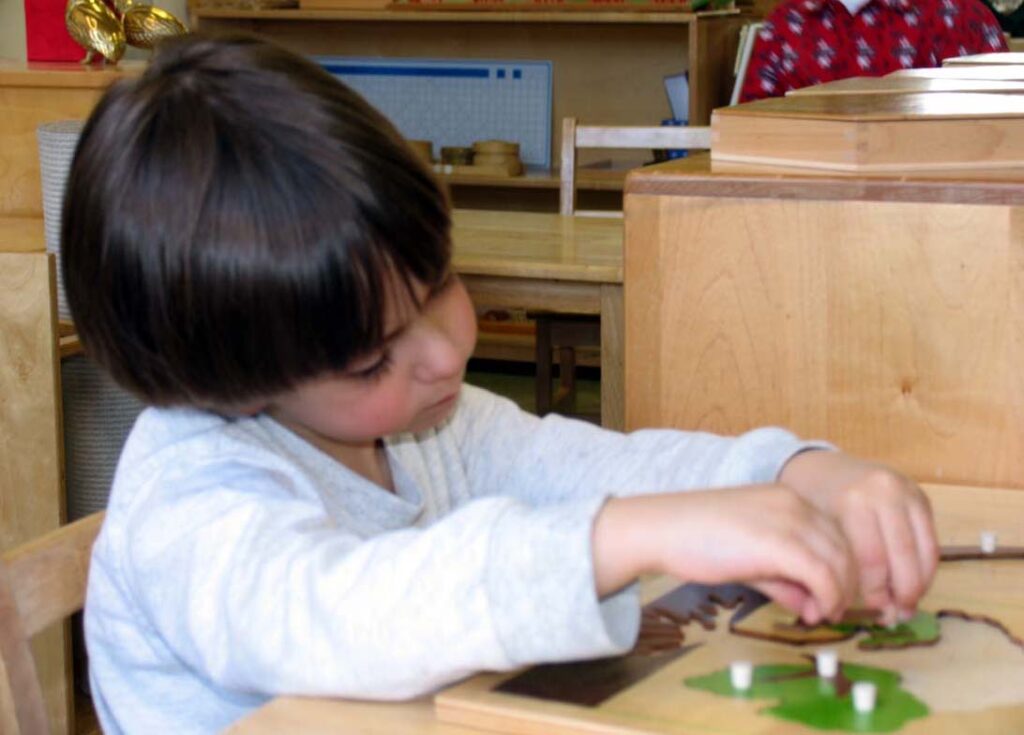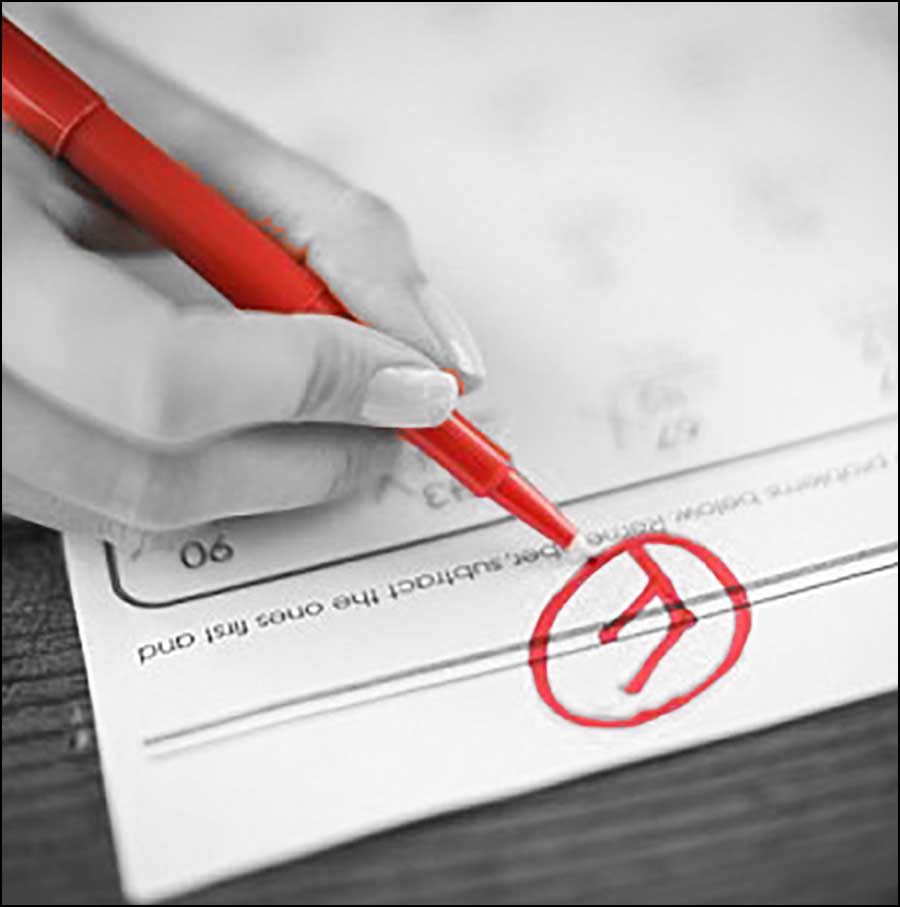“It’s impossible to teach Montessori in public schools”
Public Montessori Part I
If I am being honest, I’m not even sure where to begin on this topic. Over my years as a Montessori educator, I feel ‘whether you can practice the Montessori Method with fidelity in the public sector’ continues to be a hotly debated topic.
I’d like to quickly clarify that ‘Montessori’ refers to a person, its founder Dr. Maria Montessori. So, when people refer to her pedagogy as ‘Montessori’ it is really shorthand for what was termed ‘the Montessori Method.’ Sometimes referring to the Montessori Method by its shorthand name can frustrate individuals. But, to simplify things, I will sometimes refer to the Montessori Method here as ‘Montessori.’
During my first-year teaching at a new school, I remember an early conversation I had with one of the upper elementary guides I worked with. She hastily pointed out to me her opinion about public Montessori: “It’s impossible to teach Montessori in public schools.” This was the first time I had really ever heard anyone question it. I wondered to myself, my gosh, is what she’s saying true?
Then I thought back to my training course. Out of 14 participants, only two stayed to work at public Montessori schools. The others all left for various private Montessori teaching positions around the country. We had all student taught within the Public Montessori schools. Many of them were highly critical of what they observed.

The Beginning of Public Montessori in Milwaukee
Public Montessori is all I’ve ever known. This is because I grew up around the city of Milwaukee. Public Montessori was born here in the Midwest. Milwaukee Public Schools has one of the oldest and largest public Montessori program in the country. Our program began in 1977, now making it 44 years old.
A few brave souls who were trained in some of the earliest American-based Montessori programs ended up here. They worked tirelessly to advocate for a new Public Montessori program within the already existing traditional public school system. This translates to years upon years of unpaid hours spent educating and reeducating traditional school administrators on the Montessori Method. They begged for concessions while fighting for the rights of public school students. To these brave few, I have nothing but deep respect and gratitude. Believe you me, it’s hard, demanding work.
Despite this, I didn’t even hear the word ‘Montessori’ until I was an adult, likely in my mid 20s. At that time, I learned that one of my aunts discovered the Milwaukee Public Montessori school program while researching schools for my cousins. She enrolled all three of her sons and they completed K3-8th grade at what was then called Greenfield Montessori.
Montessori sounded a little strange to me. And, let’s face it, as a product of the traditional school system, it maybe sounded a tad bit “hippie dippy” to me too.
Then in my early 30s, I was offered a great free-lance opportunity. A public Montessori charter school needed some marketing materials designed for their school. I knew the ‘teacher of record’ through a kickboxing class we were enrolled in together. She knew I was desperately looking for work at the time. In a gesture of great generosity, she kindly offered me this project. This was the first step in what became my life’s work.
The Beginning of Public Montessori For Me
The freelance project evolved in to a part time secretary position. As luck would have it and after years of searching, I was finally offered a full-time position at a website company around the exact same time. I decided to take on that position full time, while I continued to work at the Montessori school during their after-school hours.
Those working at the school told me I seemed very natural with the children. They began encouraging me to take Montessori training. And even better, we had one of the best Montessori training programs right here in Milwaukee! I was assured I would be able to continue using my graphic design skills as a Montessori teacher. This is because so many classroom materials are hand-made. And, it turns out they were right.

A few months into the school year, an assistant position opened up in their 1-6 elementary classroom. There were about 45 students varying within all those grade levels. When I saw this happening all at once in one big open classroom, it blew me away.
After some convincing, I was persuaded to try it out. It was a bit scary, and a huge mind shift for me. But, I decided to roll the dice and I flipped my jobs around. I was now a full-time classroom assistant and working part time after school at the website company.
The following year, I was enrolled in the AMI one-year training course. This experience changed my life. Almost all of my classmates were sponsored or planning to work for private schools. It was then I learned that the better part of all Montessori schools throughout the world exist within the private school sector. I also discovered how just expensive the private Montessori school tuitions could be.
How Much Does Private Montessori Cost?
Of course the costs of private Montessori schools will vary. Prices depend on multiple factors, such as the demographics and location of the school, or a child’s age or grade level. On average, private Montessori schools have tuition costs ranging between $12,000 and $15,000 per year. So, it’s possible a family might pay upwards $135,000 to send a child to a private Montessori school from K3 though 6th grade.
In comparison, a public Montessori school offers a comparable educational opportunity for only a fraction of the cost. This means any child anywhere has a chance to get a Montessori education, no matter their background or circumstances.
For these reasons, I decided to focus my teaching career within public Montessori programs. But, what I didn’t know yet, is how much red tape and bureaucracy a Montessori program faces within a public-school system. This is where the, “It’s impossible to teach Montessori in public schools” comment comes into play.
Indeed, there are many challenges we face as public Montessori educators. And these are challenges they didn’t prepare us for in our training. Instead, we were given ‘the ideal.’ And of course, the ideal is what we always strive for. Some of us refer to this as being “pure Montessori” or refer to these teachers as “purists.”
Again, of course this is what we strive for. But, most of us also realize our world is less than ideal for many children. And this is true ESPECIALLY in the public sector.
How much should we compromise?
Here is where the water gets muddy. Montessori guides wish never to compromise the Montessori principles taught during our training. But every public school district is built a little bit differently. Often, there are district-wide and state-wide mandates tied into school funding. We are told, we have to do this in order to get (insert money). And, don’t get me wrong, private Montessori Schools make compromises, too. It all seems to come down to the stance of school leadership, the political will of the school board and the voice of its teachers.
So how much compromising should we allow ourselves to do? Next week, I’ll talk about some of the compromises I have made over the years. And just how much is too much?
Do you have thoughts on public Montessori programs? Do you have a suggestion for another blog topic? Please send me an email with your ideas or experiences at grumble.services@gmail.com.
If you find this article helpful, please share it. Or better yet, please join us if you have yet to do so. Subscribe below and receive articles like this one in your email box weekly. Thank you!
Read More: Fake News. Alternative Facts:
As A Public School Teacher, I Feel Frustrated & Disheartened.
All Rights Reserved • © 2021 Grumble Services LLC • grumbleservices.com

Read More and References:
Fast Facts: Public Montessori Schools
How Much Do Montessori Schools Cost?



